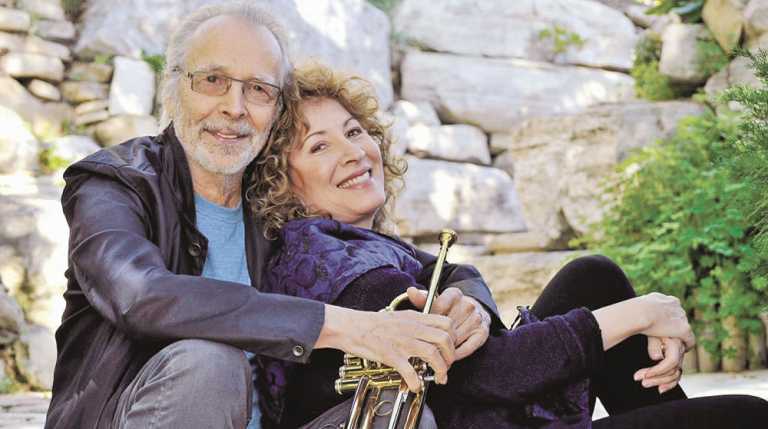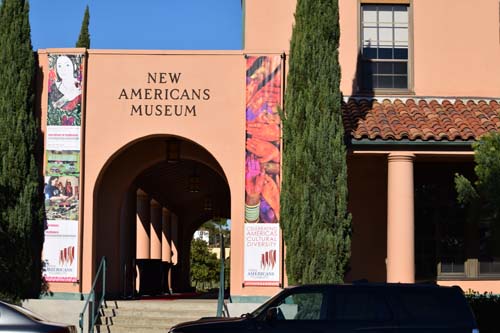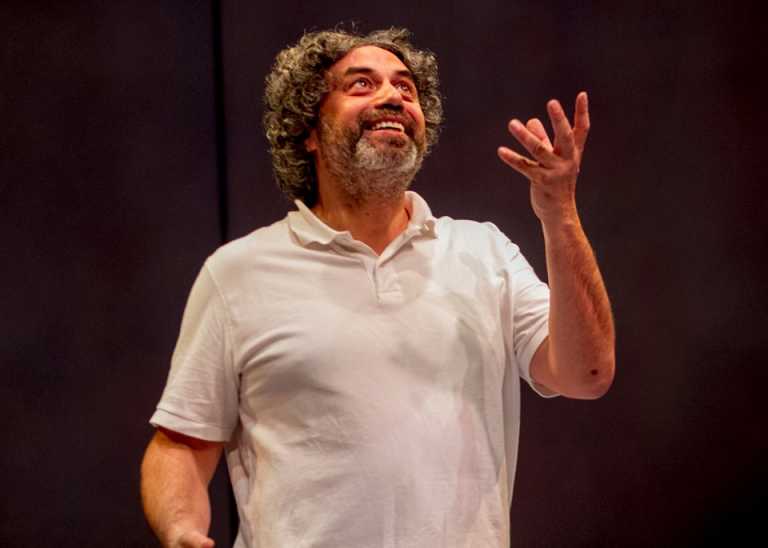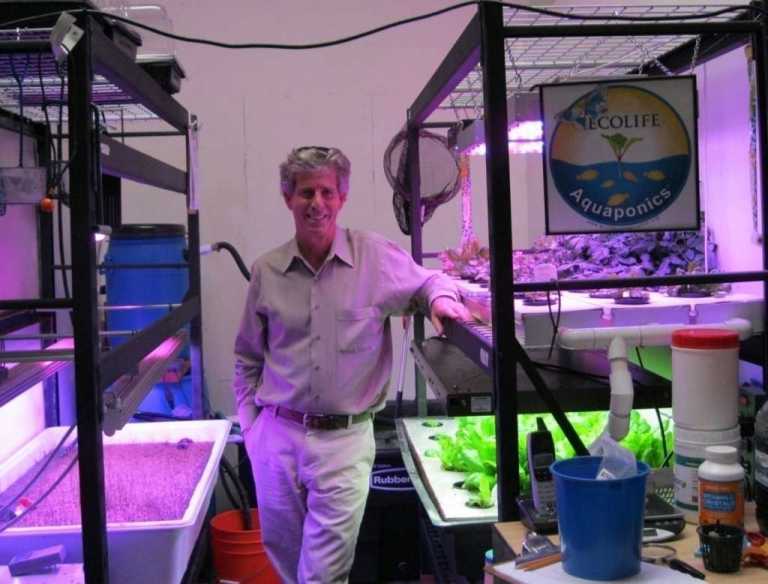This is not a political story, but rather a human interest one. It is my recollections of the weekend I spent with Jeb and Columba Bush, and why he impressed me.
In October 1981, my ex-husband, Carlos, and I traveled from Mexico City to Miami. We were with a group from the Mexican ministry of tourism who had been invited to visit Miami and create a touristic exchange. Carlos wrote travel articles for a newspaper called El Universal. I was a last minute addition as I convinced a friend of mine from the newsroom in Televisa to run a promotional ad on Miami, so I had an excuse to tag along with Carlos on this “all expenses paid” trip.
Jeb and Columba Bush were part of the welcoming committee as was Columba’s sister, Lucy and her husband. Lucy was married to Jeb’s best friend since they were students at the Phillips Academy Andover, so the four of them were very close. Lucy also seemed like the more practical sister, and Columba’s rock, as Columba was the more fragile and emotional one. Both were very nice and friendly.
We arrived late on Thursday. The next day, the welcoming committee gave us a tour of Miami and in the late afternoon, we went on a yacht where much “merriment” ensued. The group from Mexico, like many government officials, liked to party hard, and there was much drinking and “carrying on”.
This is where Jeb, Columba, Carlos, and I made more of a connection as none of us were into heavy partying, so the four of us made plans to go on a double date the next day. We went out for a casual dinner and to see the movie, “Chariots of Fire”. They came to pick us up and we spent a very enjoyable evening together.
Jeb was completely fluent in Spanish, and he and I had some lively discussions. Today, I am more middle of the road in my politics, and like to look at all sides of an issue [both left and right] before taking sides, but back then, I was a very vocal liberal. Jeb did not mind at all my blunt questions and although we were on different sides of the fence on many issues, we shared a sense of humor, and there were no bad feelings.
He was also interested in the fact that Carlos and I were Jewish, and although he had not converted to Catholicism yet, I remember we discussed both religions.
The next day, they took us on a personal tour of Miami, and invited us over to their house for dinner. We spent the evening with them, their kids, and Lucy and her husband.
I don’t know if Jeb would make a good president of the United States, but that weekend, I had a very favorable impression of him. He was a gracious host and was able to intelligently discuss many topics. He would listen to opposite points of view and consider them carefully before making a response. He was bilingual and bicultural and comfortable in both an American and Mexican environment.
His wife, Columba was very shy at the time, struggling with her duties as his wife, and had ended up drinking a little too much Friday evening on the yacht. However, he was supportive of her despite these difficulties. I liked that he was such an understanding and devoted husband.
We continued to stay in touch for several years after that, and exchanged small gifts and Christmas cards. I still have a candle they sent me.
This was all a long time ago, and I’m sure many things have changed. However, no matter what his views or politics are today, he still must have the same human decency.
The United States has become a very polarized country as both those on the right and left can’t seem to find any common ground. Some of my own friends can’t understand why I am middle of the road and like to look at both sides of an issue, or why I have both hardcore liberals and conservatives in my life.
For me, it is about building bridges, and this was one weekend in my life that I was able to build a bridge. Although we are no longer in touch, and I don’t always agree with his politics, I spent a lovely weekend in Miami, and came away with a very favorable view of Jeb Bush.












































